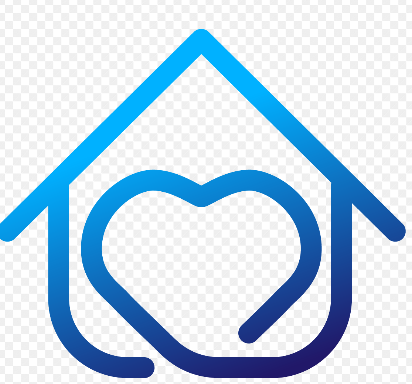In recent years, telemedicine has emerged as a crucial tool in providing remote care to patients. With the advancement of technology, healthcare professionals are now able to diagnose, treat, and monitor patients from a distance, breaking barriers of space and time. One of the key components of telemedicine in remote care is Remote Patient Monitoring (RPM), which involves the use of various devices to collect and transmit patient data to healthcare providers in real-time.
RPM allows healthcare providers to keep track of a patient’s vital signs, symptoms, and overall health status without the need for frequent in-person visits. This is especially beneficial for patients with chronic conditions or those who live in remote areas where access to healthcare facilities is limited. By monitoring patients remotely, healthcare providers can intervene early and prevent potential health complications.
One of the main advantages of RPM is its ability to improve patient outcomes and reduce healthcare costs. By closely monitoring patients’ health data, healthcare providers can detect any abnormalities or warning signs early on, leading to timely intervention and treatment. This can prevent unnecessary hospitalizations or emergency room visits, ultimately saving both the patient and the healthcare system money.
Furthermore, RPM allows for personalized and proactive healthcare. Healthcare providers can tailor treatment plans according to each patient’s individual needs and monitor their progress in real-time. For example, a patient with diabetes can use a glucose monitor to track their blood sugar levels regularly, allowing their healthcare provider to make adjustments to their medication or diet as needed.
RPM also promotes patient engagement and empowerment. Patients can take an active role in managing their health by monitoring their own vital signs and symptoms. This can lead to better adherence to treatment plans and improved health outcomes. Additionally, RPM provides patients with peace of mind, knowing that their healthcare provider is keeping a close eye on their health status even from a distance.
Overall, the role of telemedicine, particularly RPM, in remote care is becoming increasingly important in today’s healthcare landscape. With the rise of chronic conditions and an aging population, the demand for remote monitoring and care services is only expected to grow. By leveraging technology to provide remote care, healthcare providers can improve patient outcomes, reduce healthcare costs, and empower patients to take control of their own health. As technology continues to advance, telemedicine will play a crucial role in delivering quality healthcare to patients, regardless of their location.
************
Want to get more details?
Remote Care Today
https://www.remotecaretoday.com/
800-480-3344
608 Melvin Ave Suite 102 Annapolis MD 21401
Remote Care Today
https://www.remotecaretoday.com/
800-480-3344
608 Melvin Ave Suite 102 Annapolis MD 21401
We offers a physician the most advanced Virtual Care System that results in patient care being significantly increased, improved wellness, and a reduction in hospitalizations.
Our virtual care programs are a full turnkey solution for CCM, RTM, RPM, BHI, Cardiac & Pulmonary Rehab – We take the on the logistics of devices, monitoring, alerts, escalations, and the Superbill. There is no need for your team to take up resources and time to launch your program with us. We do it all and you get paid. Better yet, your patients get white glove care from your office and remotely without adding extra cost.

